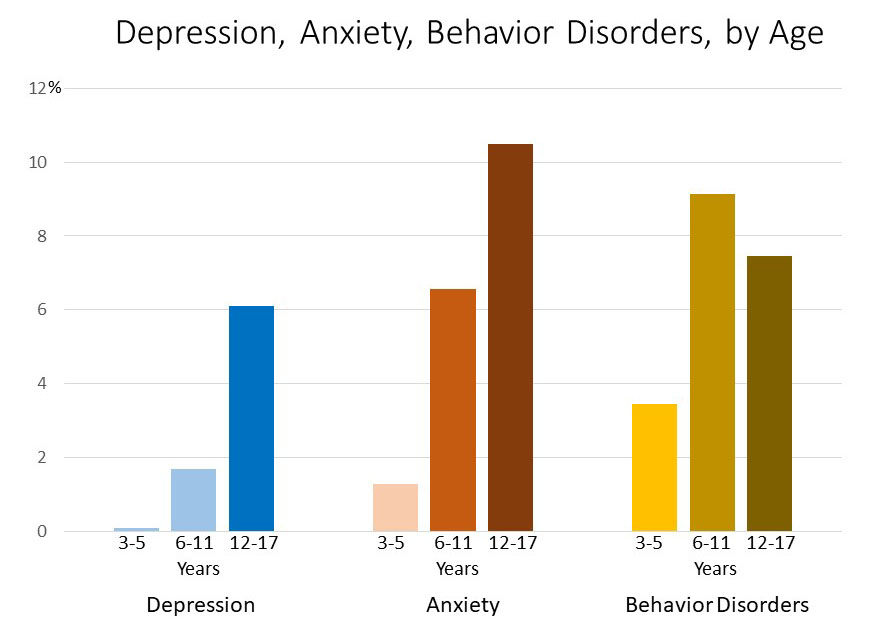Mental health education will help keep our students safe
We’re disappointed to say that we’ve learned more about mental illnesses from TikTok than in our 13 years of school. We don’t think we’re alone in this. Teens have been sharing their struggles with mental illness through social media in hopes of reminding others that they are not alone. While doing so, they are also teaching what their illness looks like for them and how they cope. These are things we weren’t taught in school.
What this really should reflect on is schooling. If we can provide our students with a solid understanding of mental illnesses, we can catch the warning signs easier and faster. This will also help remove the stigma behind mental illness and make students more comfortable with the subject.
At our school, conversations about mental health are not as common as they should be. It should be noted that last year, the school hosted lunch and learns about mental health. This was a significant step forward, but we can always do more.
It’s safe to say that a collection of students have some form of anxiety. Yet we aren’t taught what an anxiety disorder looks like. With mental illnesses rising in young adults, we need to be more informed of the issues that affect us.
According to the CDC, approximately 4.4 million children aged 3-17 have been diagnosed with anxiety, and 1.9 million have been diagnosed with depression. They also concluded that these rates will continue to climb.
The National Alliance on Mental Illness found that 1 in 5 children have a mental condition. Many of these kids don’t get the help they need because they are unaware help is an option. The Alliance states, “But, far too often, there are long delays between when a young person first experiences symptoms and when they get help,”
Of course, adults are quick to say that social media and technology are causing these rates. It’s likely that they contribute, but that is no longer a valid excuse. Social media has been a part of our lives for a decade, we need to be in damage control now.
We must provide our students with an understanding of a wide range of mental illnesses. Our 6th-grade health class unit on depression will not cut it anymore. We should educate students on topics including eating disorders, PTSD, personality disorders and what they look like.
Having a basic understanding of mental health will make it easier for students to help others. Knowing the warning signs and behaviors, we can identify when someone needs help and what we can do to help. This will also remind students that crying at 1 am about homework isn’t a mental breakdown but rather a cry for help.
There are many ways to help lower mental illness rates in teens. By educating youth on the warning signs, how to cope, and how to ask for help, we can break the stigma and save lives.






































